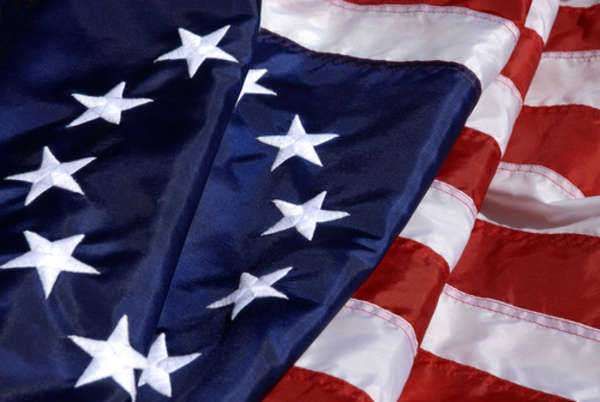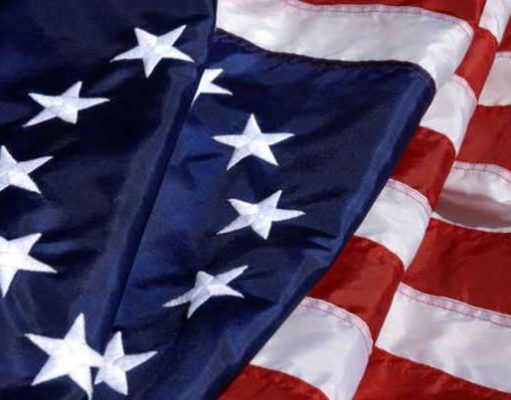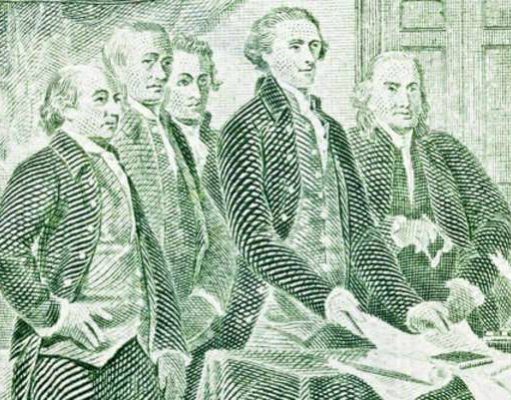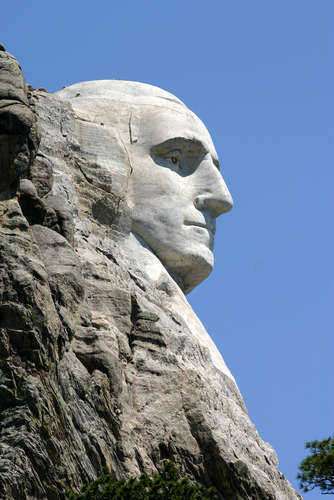What was the First Continental Congress?

The First Continental Congress was a meeting of delegates from 12 of the 13 British colonies in North America. The meeting took place in Philadelphia in 1774, and it marked a significant moment in the history of the American colonies. In this article, we will explore the First Continental Congress in greater detail, highlighting its goals, key players, and lasting impact.
Goals of the First Continental Congress
The First Continental Congress was convened in response to the Coercive Acts, a series of harsh laws passed by the British government to punish the people of Massachusetts for their resistance to British rule. The Congress met to discuss how to respond to these Acts, as well as to other grievances that the colonists had with the British government.
The delegates to the Congress agreed on several key goals. They sought to appeal to the British government for a peaceful resolution to their grievances and to restore the rights and liberties that they believed had been trampled by the British. They also agreed to convene again if necessary to continue their efforts towards a resolution.
Key Players in the First Continental Congress
The delegates to the First Continental Congress included many of the most prominent political figures in the colonies. Among them were Samuel Adams and John Adams from Massachusetts, George Washington from Virginia, and John Jay from New York.
One of the notable absences from the Congress was Georgia, which did not send any delegates. However, the other 12 colonies were represented, and they worked together to articulate their grievances and create a plan for action.
Impact of the First Continental Congress
Although the First Continental Congress did not achieve all of its goals, it marked a significant moment in the history of the American colonies. The Congress demonstrated that the colonies could work together for a common cause, and it set the stage for the signing of the Declaration of Independence just two years later.
The Congress also provided critical momentum to the growing independence movement in the colonies. It helped to create a sense of unity among the colonies and laid the groundwork for the establishment of a government that would represent the interests of the American people.
Conclusion
The First Continental Congress was a pivotal moment in the history of the American colonies. It marked a significant step towards independence and helped to unify the colonies in their goal of securing their rights and liberties. Although its impact can be difficult to measure definitively, the Congress played a crucial role in the development of the American nation and its ongoing struggle for independence and freedom.
The First Continental Congress was held on September 1, 1774. This was a meeting of delegates from 12 out of the 13 colonies that made up colonial day America. Delegates from the province of Georgia were not requested or provided in regards to the First Continental Congress.
This is because at the time the province of Georgia was a location comprised of convicts and were not included in the decision-making process regarding this Congress.
The First Continental Congress was held in Philadelphia, Pennsylvania. From the twelve colonies that had provided delegates, there were a total of 56 men who came together. At this juncture in time, there was a great gap of interest between colonists regarding the separation of the colonies from England. Many colonists still had loyalty to England and hoped that resolution could be made by the two bodies. For others, there was a distinct need to separate from England for good.
However, one common feeling from the First Continental Congress was that there was a need for changes regarding the way in which England treated the colonies. The colonies demanded fairness and respect from England. This incendiary call for action and for the First Continental Congress came about after the Coercive Acts, more commonly referred to as the Intolerable Acts, were set in place.
These Acts were laws passed by England and implemented into the colonies in order to keep control over them. Though the First Continental Congress tried to stop the Acts, they were unsuccessful. However, the First Continental Congress brought the delegates together and inspired more proactive action and organization in order to gain the rights and respect they had desired.












